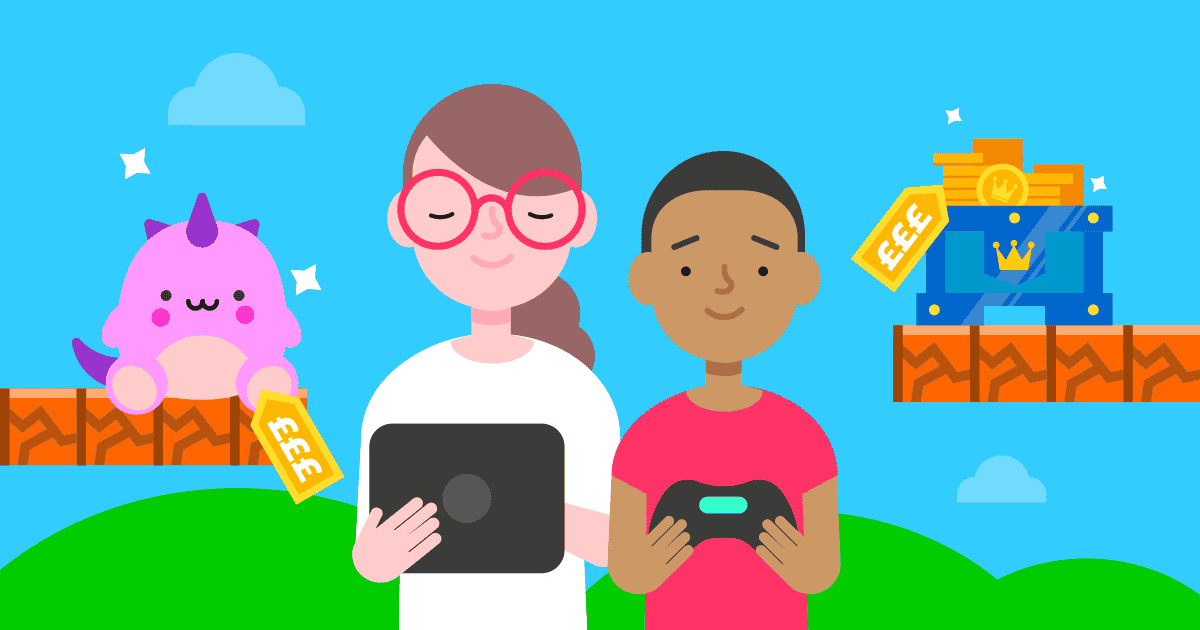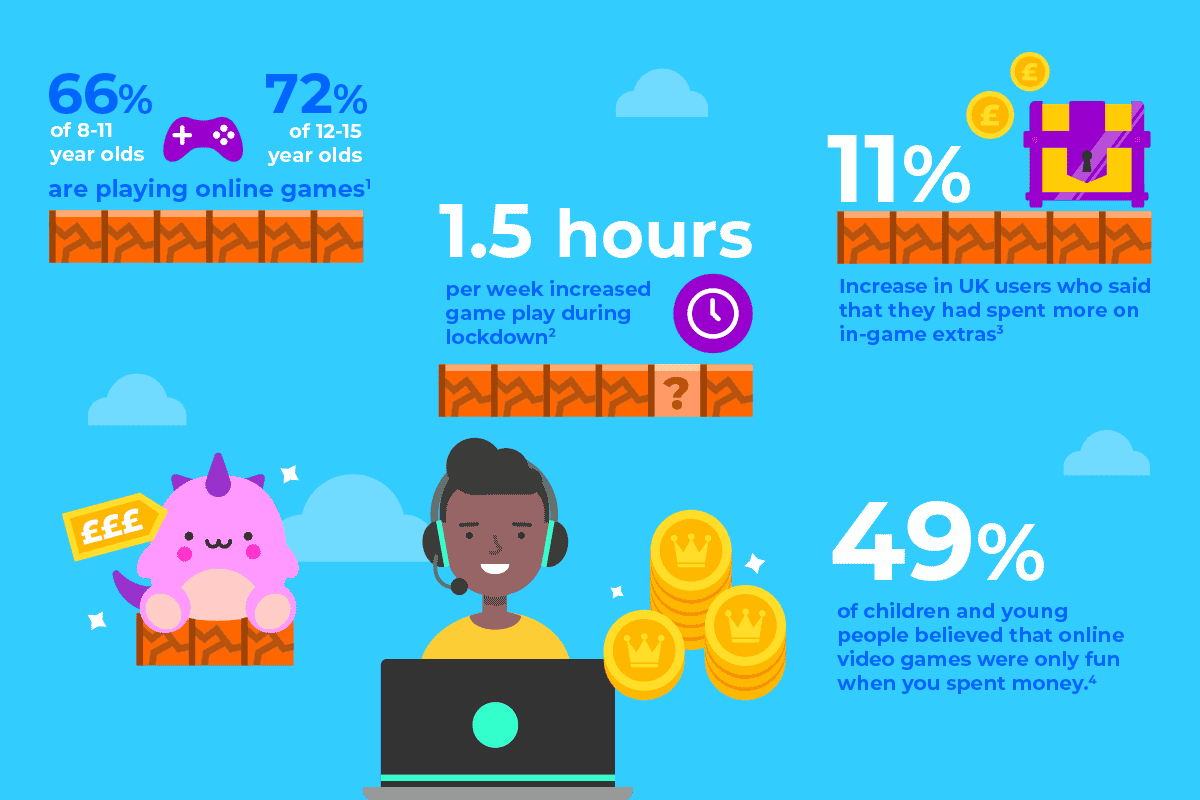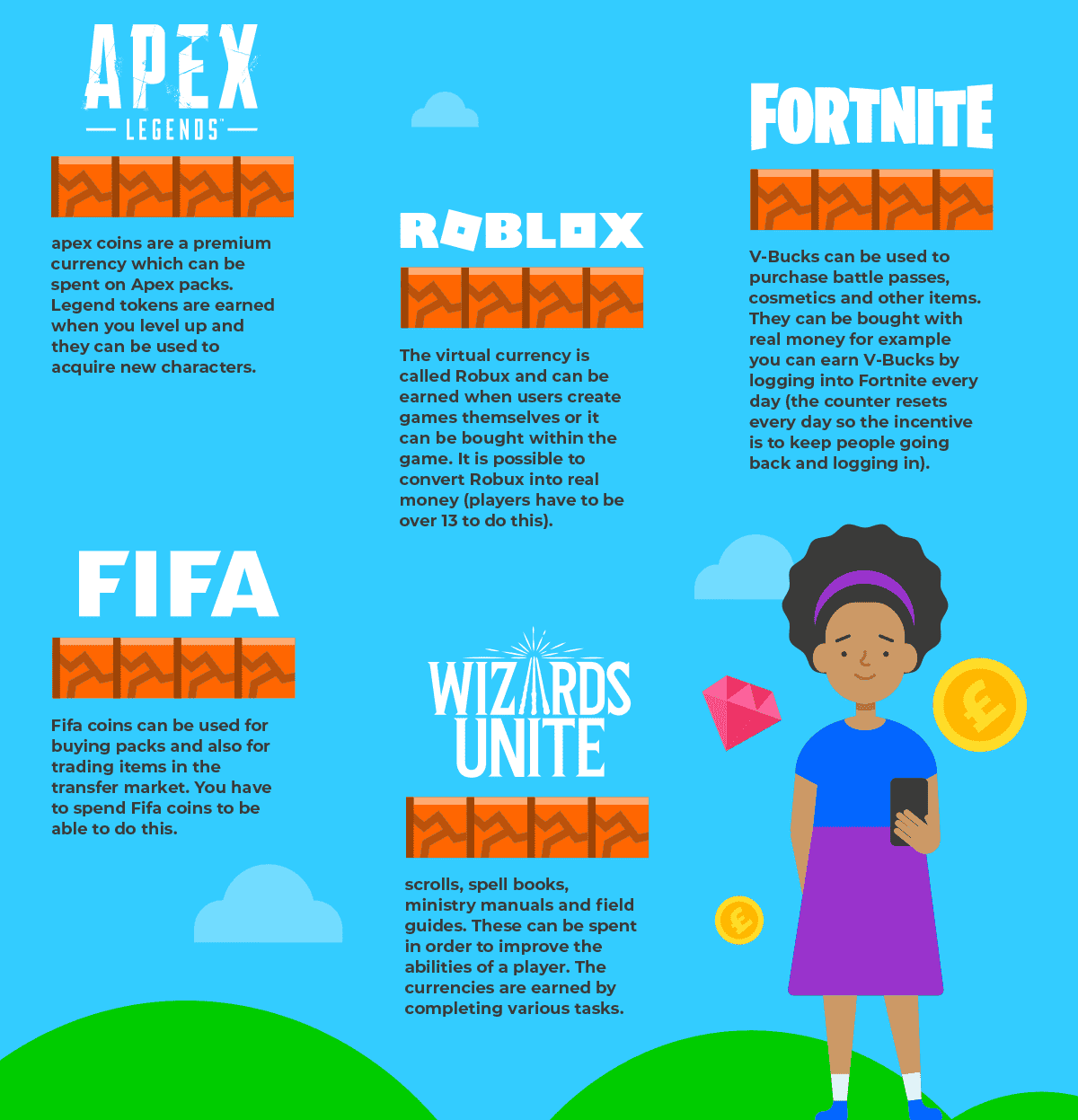Loot boxes have had a lot of attention in the media recently with the Children’s Commissioner for England calling for a change in the law back in 2019. The government announced a review of current gambling legislation at the end of 2020 in order to address this and other issues.
How do loot boxes work?
Loot boxes are an increasingly popular feature of many games that children and young people play – they can be bought using real money or in-game (virtual) currency. A loot box is a random collection of items such as a skin or a player. Those who purchase a loot box are obviously hoping that it will contain something really good although research carried out by the Children’s Commissioner found that many young people acknowledged that the chances of it containing something worthwhile were very low indeed.
It is the thrill of opening the box and the fact that it might just be that player that you really wanted that encourages more users to buy them. This has been likened to the football sticker books that were popular back in the 1980s where children would buy a packet of stickers and enjoy opening them to see if it contained the sought after player or team badge. The game is the same but now of course it has moved online and as we have already said it is a lot easier to click on a button on a screen to purchase something than actually handing over cash in a shop.
What is the UK Government doing about loot boxes?
The House of Lords Gambling Committee has recently called for randomised reward purchases (loot boxes) to be regulated under gambling laws although EA Sports who make Fifa have denied that any aspect of Fifa constitutes gambling and point parents towards parental controls which allow them to cap or prohibit spending.
Quite often the ads associated with in-game purchases can encourage younger players/users to spend with claims such as you can’t lose or a prize every time. As adults, we are aware of the reality of claims like these but to an 11-year-old it can seem like a great opportunity to get something for nothing!
The good news is that in the UK, video game ratings will warn if a game includes loot boxes or other random paid-for items. PEGI has said that publishers will also be required to provide additional information regarding the nature of these purchases.
What are gaming companies doing about loot boxes?
Gaming companies are addressing the issue themselves in different ways. Middle-earth: Shadow of War dropped micro-transactions and in-game purchases within months of launching after there were complaints about how reliant the game was on players making use of them to finish. Commentators were clear that the decision was about improving public perception of the game.
In 2020, PEGI announced that game publishers would start to provide additional information about in-game purchases of “random items” and specifically about loot boxes. In 2019, Epic Games said that “loot crates” would be replaced with in-game purchases where the user would know the “exact items that they were buying in advance”. Similarly, loot boxes have been removed from Destiny 2 with the manufacturers saying that they will still be available as drops from certain missions but they will be a reward, not something that a player has to pay for.








